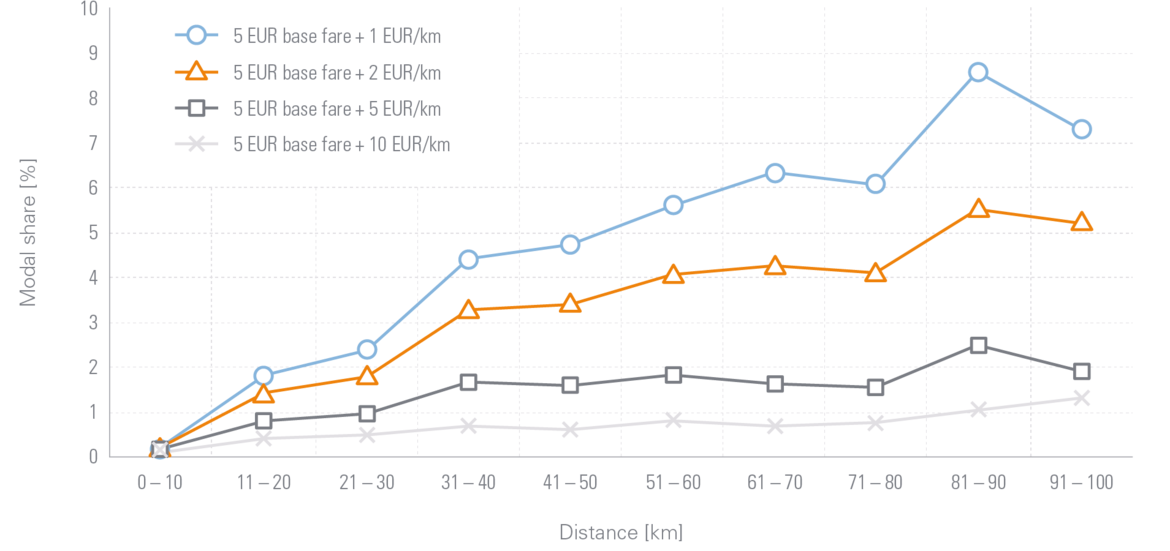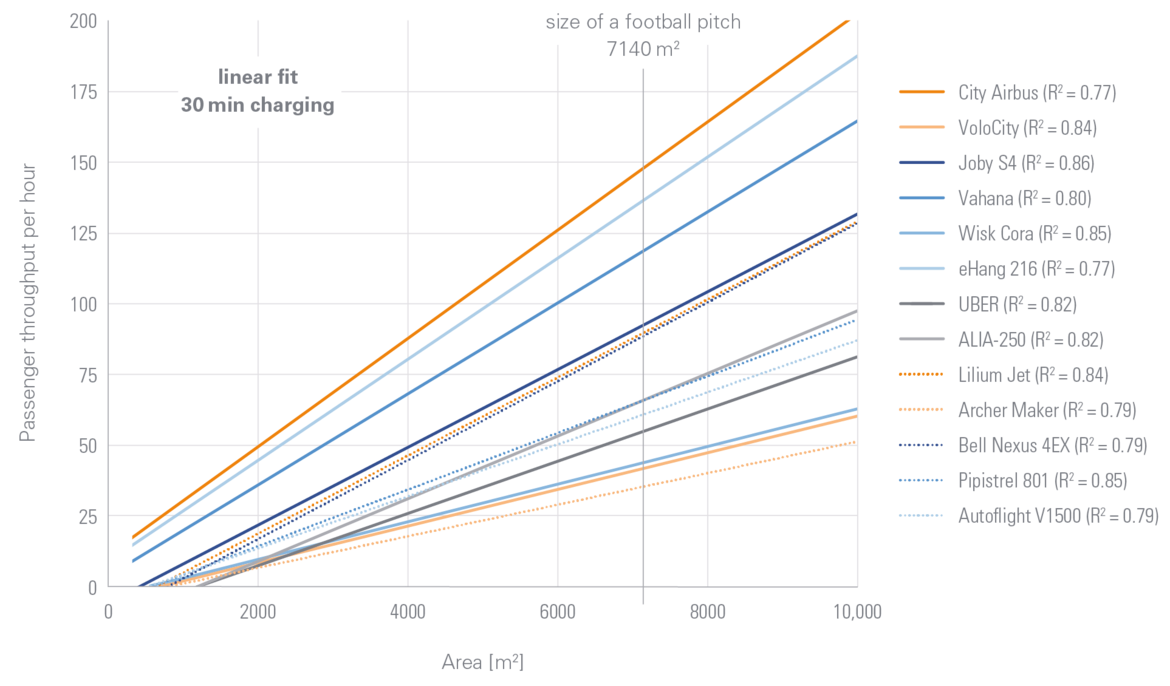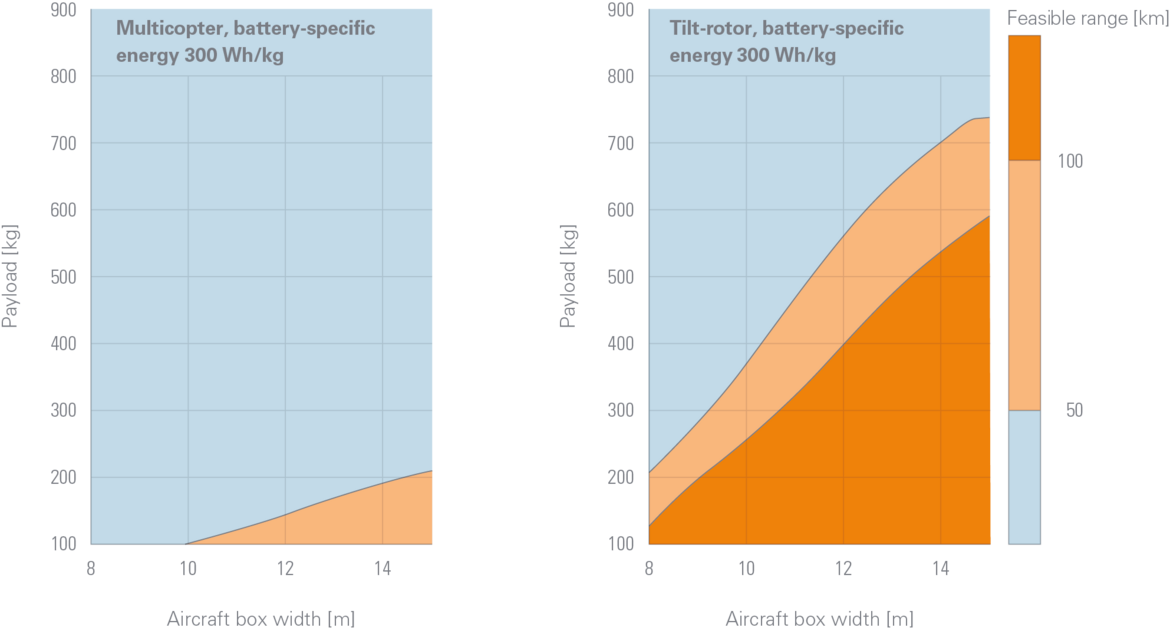Based on more than five years of research on passenger Urban Air Mobility (UAM), we are highlighting core aspects of UAM based on our scientific performance analysis of eVTOL vehicles, vertiports, and overall transport systems. Summarising in our UAM White Paper, we conclude that UAM is no game changer within the urban passenger transport industry, however there are potential sustainable business cases for OEMs and operators. Most UAM studies converge towards a market share of around 1 % due to expected higher operating costs. Key cost drivers are personnel costs (e.g. pilots) and investment costs for new vertiport infrastructure. A 1 % UAM market share will not have a noticeable positive impact on existing modes of trans- port, and it is still going to result in a significant amount of flights (>>tens of thousands of daily flights), as vertical take-off and landing technology is highly constrained to smaller payloads (≤ 9 passengers). Also, UAM requires a significant amount of ground infrastructure, and the overall throughput of a UAM transport system is highly limited by the number and size of the vertiports. As one example, a vertiport the size of a football pitch can transport up to 150 passengers per hour. As vertical take-off and landing is the most energy-intensive way of flying, electric energy consumption and required battery masses are signifi- cantly higher. Therefore, UAM has a significantly lower sustainability performance compared to all other modes of transport using electric energy directly.
As UAM explores novel developments and technologies, e. g. for propulsion systems, autonomy, certification, infrastructure, operations, business models, and novel market actors, Bauhaus Luftfahrt continues to monitor and evaluate the transfer potential to the existing air transport system.



